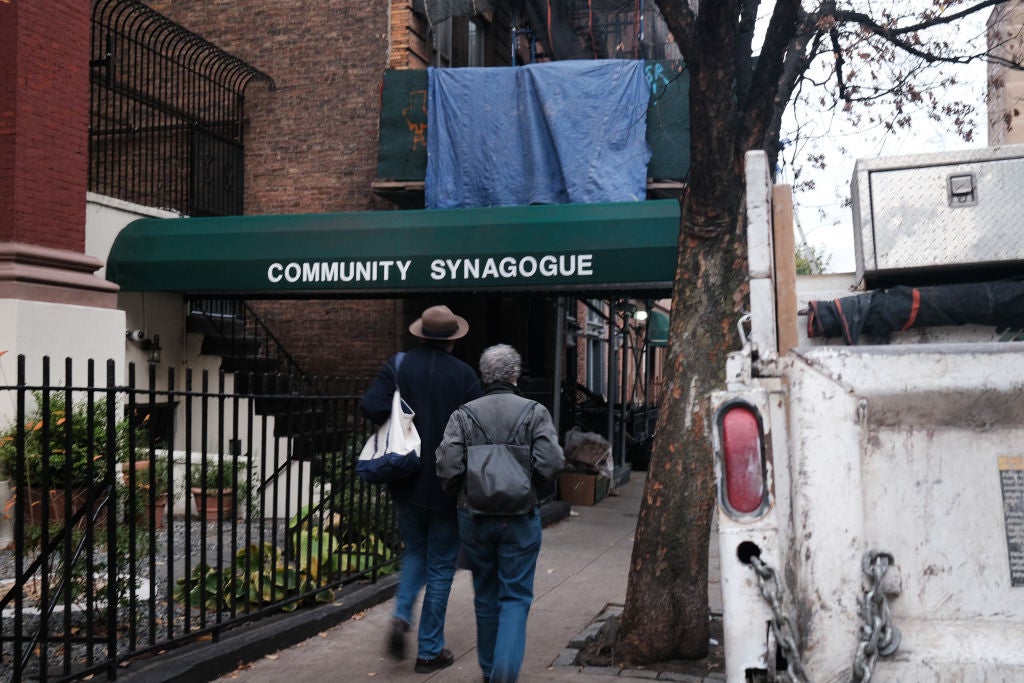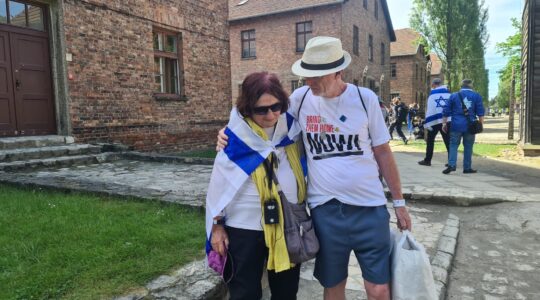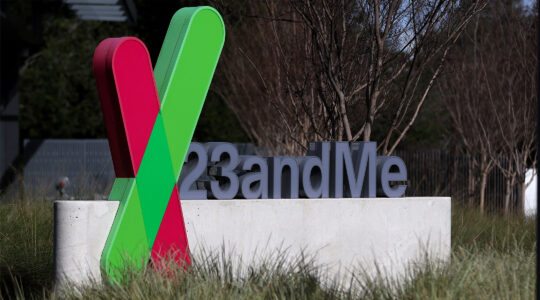(JTA) — A federal judge has struck down an executive order by New York Gov. Andrew Cuomo that instituted percentage-based capacity limits on houses of worship in his state’s COVID cluster zones where cases were increasing.
Tuesday morning’s decision by the Brooklyn District Court constitutes a major victory for Orthodox groups, like the advocacy organization Agudath Israel, which challenged the executive order on religious discrimination grounds.
The U.S. Supreme Court and 2nd Circuit Court of Appeals had blocked some of Cuomo’s restrictions last year.
“There was never any legitimate reason to treat religious worship less favorably than office work and shopping,” said Avi Schick, the lawyer who represented Agudath Israel in the case. “We are grateful that religious practice has been restored to its constitutionally mandated place as an essential activity.”
The executive order, which was first put in place in October and limited attendance at houses of worship in areas with high COVID test positivity rates to 25% and 33%, depending on the severity of the positivity rates, were challenged by Agudath Israel, as well as the Brooklyn Catholic Diocese, in an appeal for an emergency injunction from the U.S. Supreme Court.
The court, with its new conservative majority, ruled in favor of Agudah and the diocese in November, saying that Cuomo’s limits on cluster zones favored secular establishments like liquor stores over houses of worship by only imposing capacity restrictions on the latter and treating the former as “essential.” Restrictions that kept services to 10 people or fewer, regardless of the size of the house of worship, were eliminated.
Further, the high court ordered an appeals court to reevaluate an earlier ruling that allowed the restrictions and in December, a federal appeals court followed the Supreme Court’s lead, ruling that the capacity limits on houses of worship in areas with rising COVID-19 cases constituted a violation of religious liberty.
The appeals court then sent the case back to the district court to decide if the percentage capacity limits — which limited attendance to 25% of the building’s capacity in “red zones,” where COVID positivity rates were especially high, and 33% in “orange zones,” where positivity rates were somewhat lower — were needed to accomplish the government’s aim of slowing the spread of COVID-19.
The district court blocked those percentage capacity limits Tuesday, leaving houses of worship subject to the 50% capacity limit that was in place before the cluster zones plan.
JTA has documented Jewish history in real-time for over a century. Keep our journalism strong by joining us in supporting independent, award-winning reporting.






